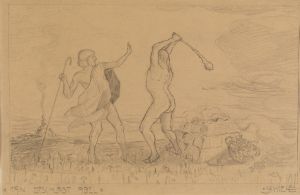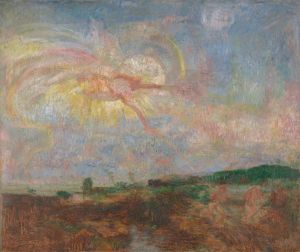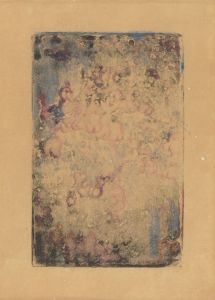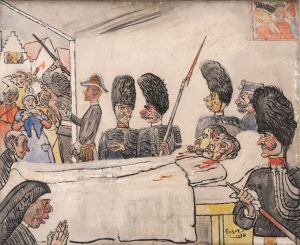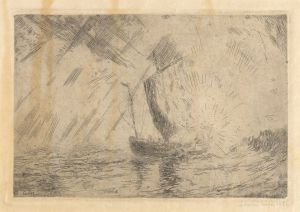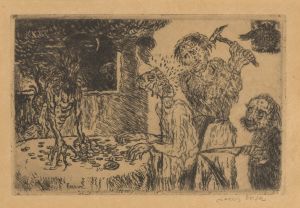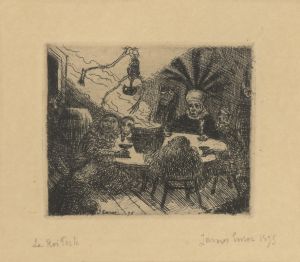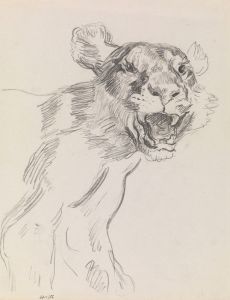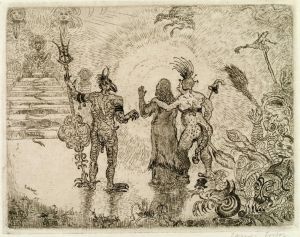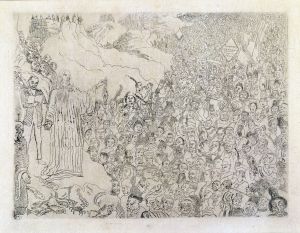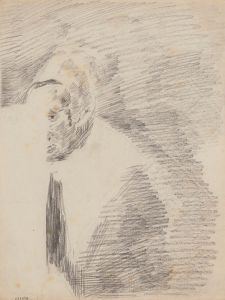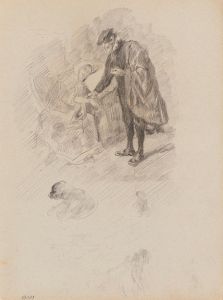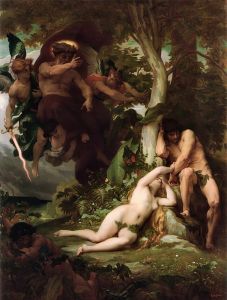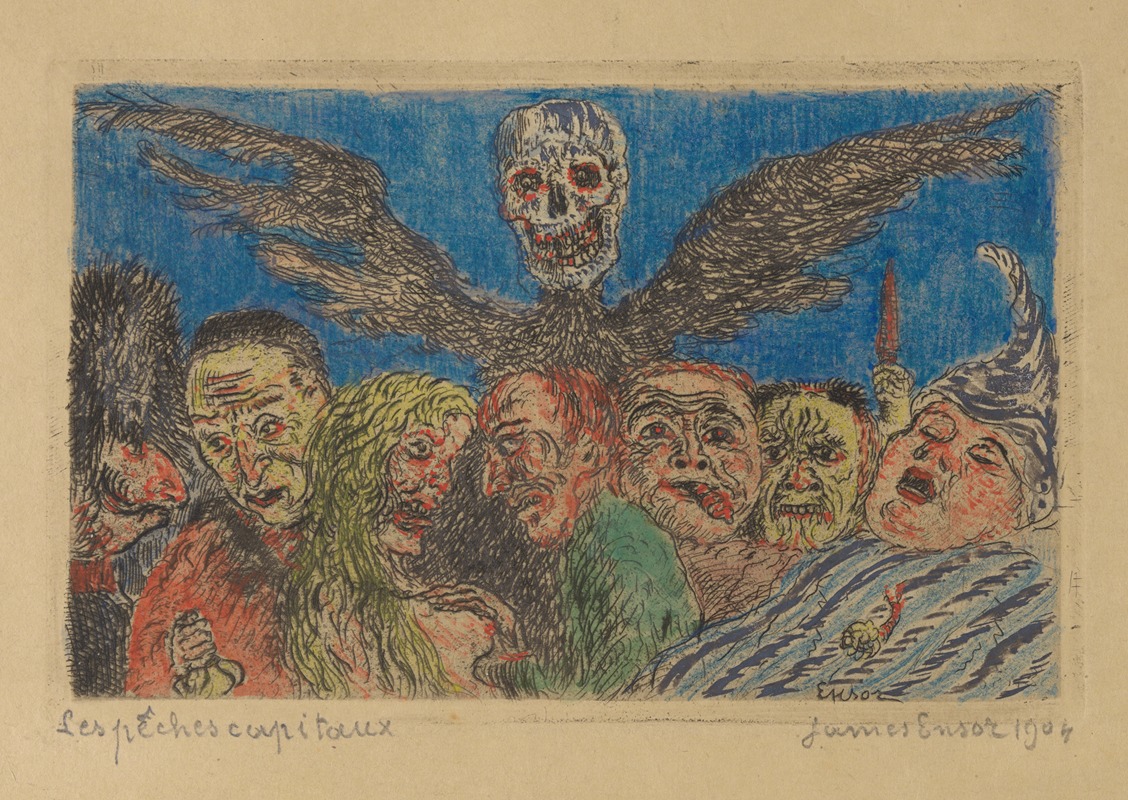
De hoofdzonden gedomineerd door de Dood
A hand-painted replica of James Ensor’s masterpiece De hoofdzonden gedomineerd door de Dood, meticulously crafted by professional artists to capture the true essence of the original. Each piece is created with museum-quality canvas and rare mineral pigments, carefully painted by experienced artists with delicate brushstrokes and rich, layered colors to perfectly recreate the texture of the original artwork. Unlike machine-printed reproductions, this hand-painted version brings the painting to life, infused with the artist’s emotions and skill in every stroke. Whether for personal collection or home decoration, it instantly elevates the artistic atmosphere of any space.
James Ensor's painting De hoofdzonden gedomineerd door de Dood (translated as The Deadly Sins Dominated by Death) is a notable work by the Belgian artist, created in 1904. Ensor, a key figure in the Symbolist and Expressionist movements, is renowned for his imaginative and often macabre depictions of human folly, mortality, and the grotesque. This painting exemplifies many of the themes that define his oeuvre.
The artwork portrays the concept of the seven deadly sins, a traditional Christian moral framework, as being under the control of Death. Ensor uses his characteristic style, blending vivid colors, distorted figures, and a chaotic composition to evoke a sense of unease and reflection. Death, a recurring motif in Ensor's work, is depicted as a skeletal figure, looming over the scene and asserting its dominance over the sinful behaviors of humanity. The sins themselves are represented through various grotesque and exaggerated characters, a hallmark of Ensor's approach to critiquing societal and moral issues.
Ensor's use of symbolism in this painting aligns with his broader artistic goals of exposing hypocrisy, critiquing societal norms, and exploring existential themes. The chaotic arrangement of figures and the interplay of light and shadow create a dynamic and unsettling visual experience, compelling viewers to confront the inevitability of death and the consequences of moral failings.
The painting reflects Ensor's fascination with themes of mortality, morality, and the human condition, which were influenced by his upbringing in Ostend, Belgium, and his exposure to the carnival-like atmosphere of the town. Ensor often drew inspiration from religious iconography, Flemish traditions, and his own imagination, blending these elements to create works that are both deeply personal and universally resonant.
De hoofdzonden gedomineerd door de Dood is housed in the Royal Museum of Fine Arts in Antwerp, Belgium, where it continues to be studied and appreciated as a significant example of Ensor's artistic legacy. The painting remains an important piece for understanding the Symbolist movement and the broader cultural and philosophical concerns of the late 19th and early 20th centuries.





